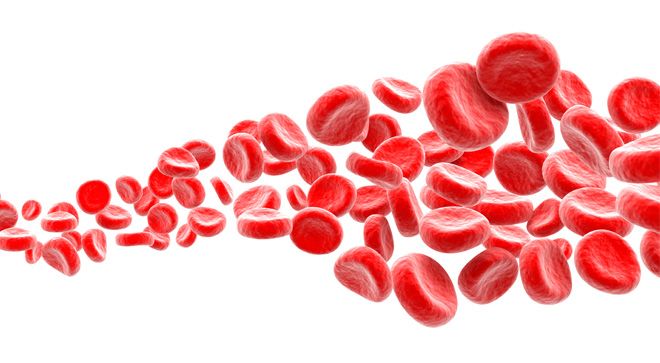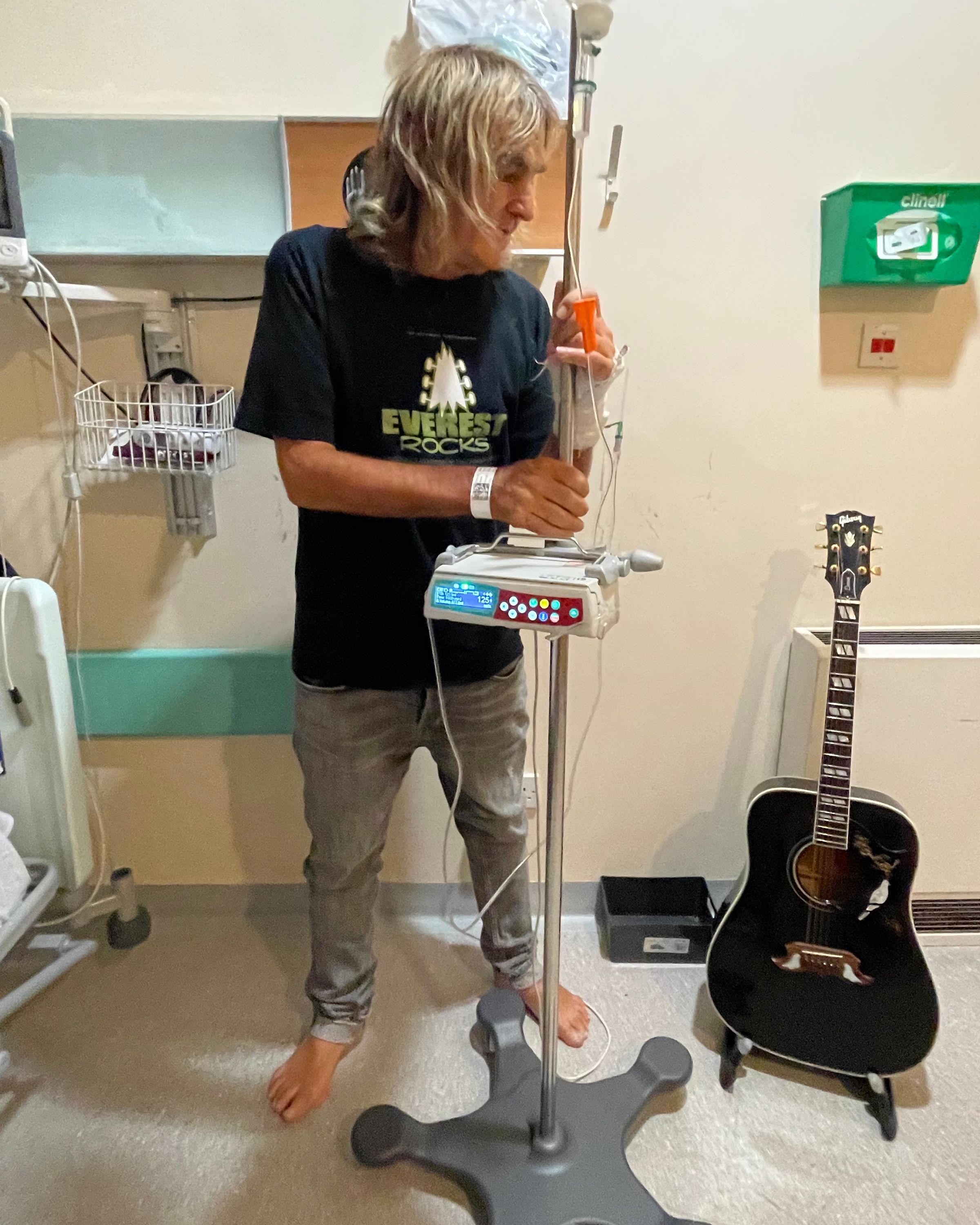Article
CAR-T Cell Therapy Side Effects: Know What to Look Out For
Author(s):
CAR-T cell therapy is drastically improving outcomes for patients with diffuse large B-cell lymphoma. However, the treatment can come with some severe side effects that patients need to know about.
While CAR-T cell therapy has drastically improved the outcomes of many patients with relapsed or refractory diffuse large B-cell lymphoma (DLBCL), some serious side effects can occur.
“CAR T-cell represents new treatment for diffuse large B-cell lymphoma in the relapsed/refractory setting,” said Dr. Andrew D. Zelenetz, from Memorial Sloan Kettering Cancer Center.
“As a result, it’s been included in the NCCN guidelines for transformed follicular lymphoma, transformed marginal zone lymphoma, and for diffuse large B-cell lymphoma, as well as refractory diffuse large B-cell lymphoma.”
Zelenetz recently discussed CAR T-cell therapy for this patient population at the NCCN 2020 Virtual Congress on Hematologic Malignancies.
He gave an overview of the ZUMA-1 trial, which tested Yescarta (axicabtagene ciloleucel) and the JULIET trial, which tested Kymriah (tisagenlecleucel). Both trials tested CAR-T cell therapies in patients with relapsed or refractory DLBCL, which is traditionally difficult to treat and has poor outcomes.
In ZUMA-1, 74% of patients responded to treatment with Yescarta. The average response time was six months.
“The better your T cells expand after infusion, the more likely you are to have an ongoing response,” Zelenetz explained. “Interestingly, at 24 months, among the responders, 66% of the patients still have detectable CAR T cells that are circulating.”
Similarly, in the JULIET trial, more than half (52%) of patients responded to Kymriah, and 40% had a complete response, meaning that clinicians could not detect any disease.
While these statistics are promising, patients undergoing CAR-T cell therapy should talk with their health care team about the side effects that can occur. As most patients on both trials experienced some kind of toxicity.
“If we look at safety, not surprisingly, every patient had some (side effect). Serious (side effects) were seen in 65% of patients,” Zelenetz said, referring to the JULIET trial.
The two major side effects that can occur as a result of CAR-T cell therapy are cytokine release syndrome (CRS) and neurotoxicity.
CRS occurs when cancer treatments cause an influx of cytokines – molecules that help control the immune system and inflammation – to be released into the patient’s blood stream. Symptoms include high fever, low blood pressure, irregularly fast heartbeat, weight gain and a decrease in protein/albumin in the blood.
If a patient experiences any of those effects, they should contact their care team right away. Luckily, CRS is treatable, usually with Actemra (tocilizumab) with or without corticosteroids.
Neurotoxicity, on the other hand, is difficult to treat. This is the result of damage to the brain or the nervous system. Symptoms can range from being subtle – like having difficulty finding words – to more severe, like cerebral edema and seizures.
“Most often, this is a reversible syndrome, though there have been some toxicities reported,” Zelenetz said. “It’s not clear what – if any – treatments are really effective.”
Despite the downsides of side effects, CAR-T cell therapy could be a promising treatment option for eligible patients with DLBCL. However, it is crucial that they stay in contact with their treatment team regarding any malady that they are feeling.
A version of this article was originally published on OncNursingNews.com as, “CAR T-Cell Therapy: High Response Rates, High Toxicity Rates.”




